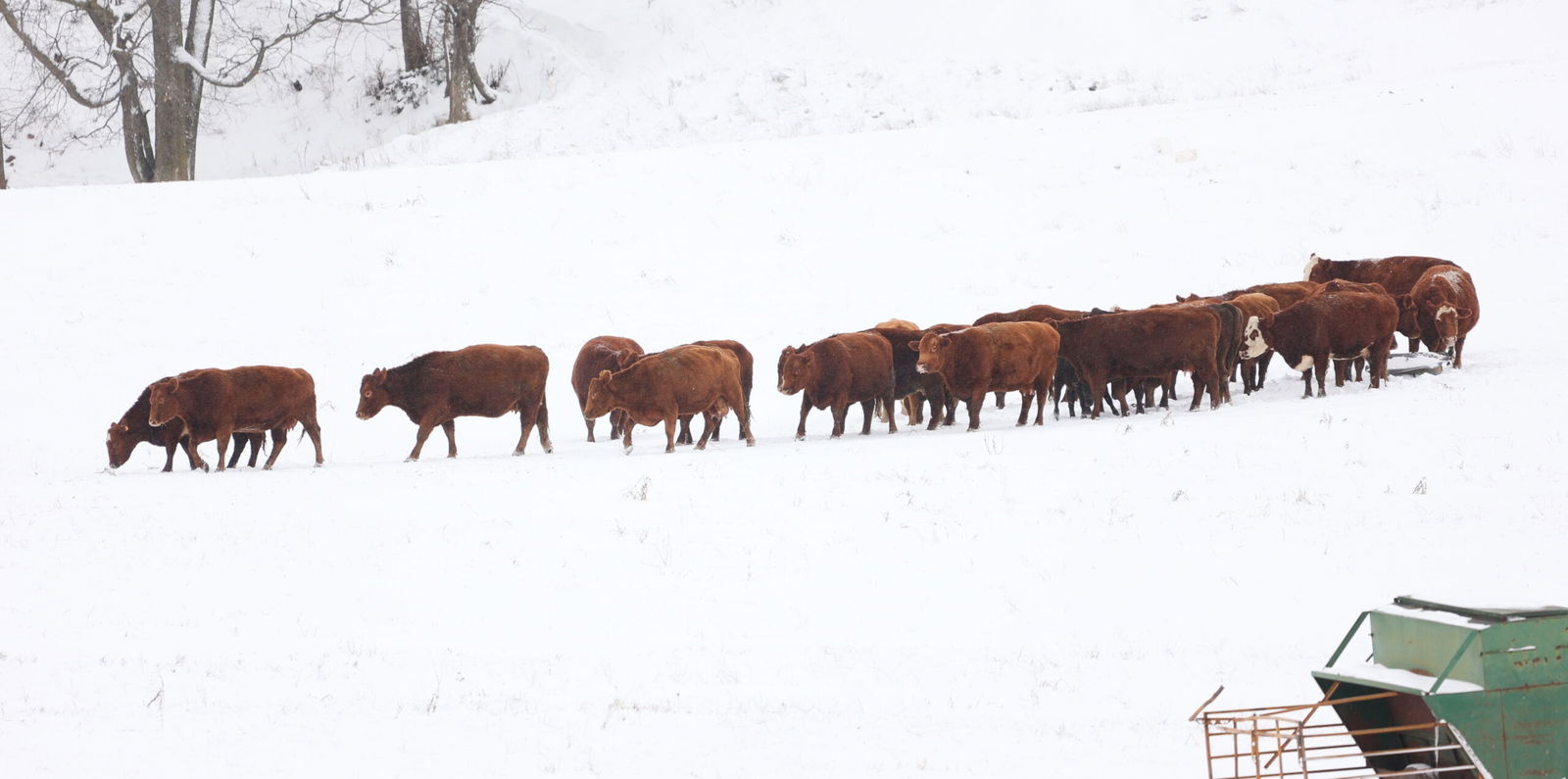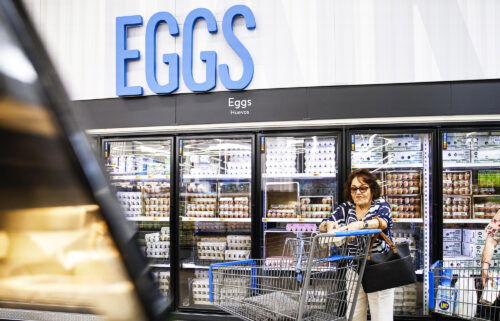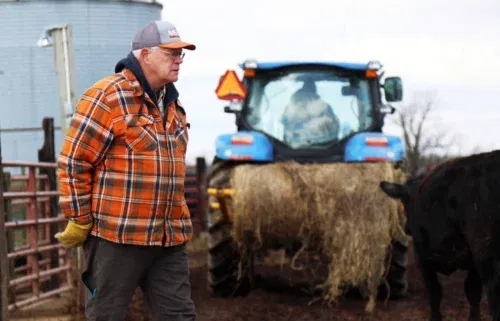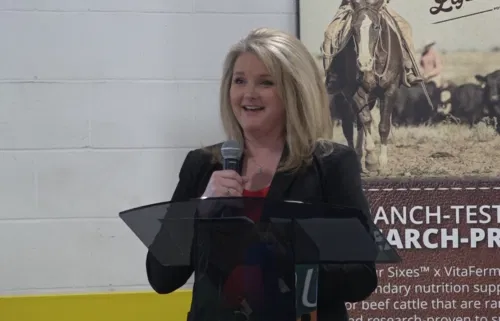Sub-zero temperatures cause major challenges for livestock farmers

By Cameron Montemayor
As frigid temperatures continue their grip on St. Joseph and surrounding counties in Northwest Missouri, preserving the health of livestock becomes a significant challenge for farmers as they try to weather the storm.
January is the start of a critical time for cattle farmers as many mother cows give birth to their calves between now and March.
For livestock farmers like Smithville’s Gary Doss, a 60-year farming veteran, the latest freezing weather means he often has to work overtime and through the night to monitor cows and make sure calves survive birth.
“We were up at the barn from 10 to midnight and then from 2:30 to 4 a.m.,” he said. “All of that time was spent in trying to warm the calf up. Because if a calf is not warm enough, it won’t eat, and if it won’t eat, it won’t last,” Doss said.
Snow and arctic temperatures have created one challenge after another for Doss and many other farmers across the region. Rain and slushier snow in the early phases of the winter storm led to muddy and strenuous walking conditions for livestock. If cattle injure their legs from overexerting themselves trying to walk through it, there’s little a farmer can do to save them.
A report from the University of Iowa State Extension shows that while adult cattle can tolerate cold temperatures as low as 20 degrees, they recommend feeding them an extra pound of food for every 10 degrees below that to help maintain body temperature and nutrition. Providing plenty of additional hay for food and insulation and water to keep them hydrated is essential.
“My son and I worked for probably two hours trying to get a tractor started so we could go unroll the hay and feed the cows,” Doss said. “The diesels don’t wanna run when it’s this cold.”
With nearly 40 Herford cattle on the Doss Hereford Farms to attend to, he described the work that goes into managing everything as “relentless” in these types of conditions.
“Just the difference of what, 10 to 15 degrees changed everything … the cows got to eat. And if I don’t have that tractor running, I can’t feed the cows,” he said. “This is some bitter cold weather for us, it really is.”
Doss keeps a watchful eye on the herd so he can tell if a cow appears close to giving birth. If one appears close, he moves it to the barn where he can monitor it with video cameras.
Despite the work farmers put in to make sure their livestock survive the extreme cold, calf deaths can be difficult to avoid. The impact has taken a toll on Doss’ livestock thus far.
“I had one that had a calf Jan. 1 … because of the weather it ended up in a creek and drowned,” Doss said. “We’ve lost three calves already due to the weather.”




